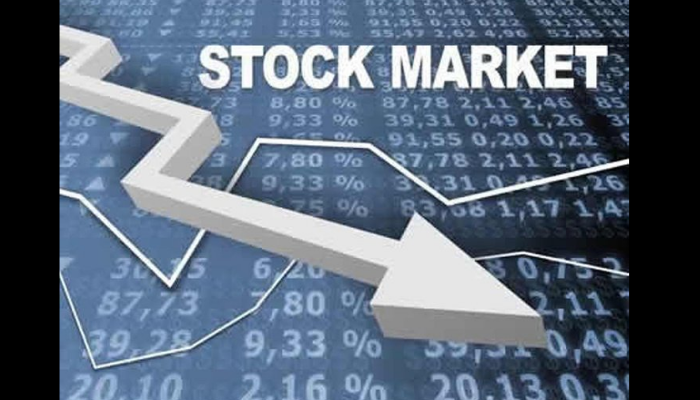Last Updated on July 1, 2024 by admin
Several traders across different classes have been experiencing a technological revolution in the stock market. This revolution is due to the swift developments in technology used in Contract For Difference (CFD) trading. This allows new analytical tools to get churned out frequently. The worst-hit traders are the new ones venturing into the market that haven’t found optimal trading strategies.
Some newbie traders use the wrong platforms and come out with bad experiences. That is why a CFD broker comparison is essential for traders before choosing a particular CFD broker for CFD trades.
Across all sectors of the economy, the use of machine learning is highly discussed, and there are several debates centered around big data. This article will explain how machine learning disrupts different sectors and what we expect.
Understanding machine learning
Machine learning uses computer algorithms that become enhanced as more data is fed into a specific model. This makes it seem like the machine is gaining experience over time, just like how a human becomes better at a monotonous job. That’s why machine learning is classified as a subsector of artificial intelligence.
Machine learning is now viewed as a crucial part of CFD trading that simplifies the technical analysis aspect of the venture. It also allows CFD traders to make quicker decisions and facilitates the trading process.
Before you can leverage machine learning in the stock market, you need to create an algorithm. These algorithms are established when numerous data points are used to discover patterns and create a predictive model.
Using machine learning for CFD trading
There are numerous machine learning algorithms that CFD traders leverage to predict the outcome of a market event. One of the most used algorithms is SVM or support vector machine algorithm. This type of language is used for classification problems, allowing traders to predict whether the market will have an uptrend or downtrend move. SVMs are facilitated with the use of decision boundaries.
SVM works by creating hyperplanes from the higher lows or lower highs to the higher highs or lower lows. SVM can determine if a market is bullish if the hyper-plan formed is a forward hyper-plane. If the hyper-plane is backward, it denotes the market is bearish. Ultimately, these hyper-planes are utilized in the classification of relevant data points.
Another powerful machine learning algorithm is the network of neurons. It takes CFD trading to another level by analyzing not just technical details and numbers but the general sentiment of the market. This is widely referred to as deep learning.
Deep learning is a subset of machine learning that closely models how neurons work in the human brain. Typically, deep learning is used by traders to make fundamental and technical analyses to forecast where the price will go next.
Linear regression is another machine learning algorithm extensively used by CFD traders. The difference between regression and classification algorithms like SVM is that while SVM simply outputs a bullish or bearish result, regression outputs a numerical result. CFD traders that utilize SVM and linear regression usually have debates about which algorithm is better.
Machine learning for facilitating CFD trades
Machine learning offers many advantages to traders who dabble in stock trading with CFD. This sub-field of artificial intelligence is used to track prices in real-time, allowing for more transparency.
Many traders already use machine learning algorithms to make an automatic investment in the rising or falling prices of stocks in the market. These traders practically have the edge over others that don’t leverage machine learning algorithms since algorithms are more accurate and faster than humans.
The point of machine learning is to give a system historical data to work on. When this work is done, a predictive model is created to make better trading decisions.
In essence, a machine learning algorithm takes in independent variables, usually referred to as ‘x variables,’ to predict a dependent variable which is called the ‘y variable.’ The dependent variable, in this sense, is the direction of the stock’s price.
Machine learning also allows traders to track many markets concurrently and make more accurate trades in these markets. This way, if several prices of stocks can be monitored and analyzed, a CFD trader could make the right decision.
This way, CFD traders can maximize their profits and minimize their risks.
New, intermediate, and expert CFD traders are being hit by the new wave of technology disrupting the stock market. Machine learning is at the forefront of this revolutionary technological development.
Machine learning is a field that allows predictive models to become better once more data points are fed into them. CFD traders utilize the most common machine learning algorithms, such as support vector machines, linear regression, and deep learning. Support vector machine is used for classification problems, linear regression for numerical problems, and deep learning combines the best of both worlds.
Machine learning is highly crucial to modern-day traders since it allows traders to increase profit and lessen risk.






